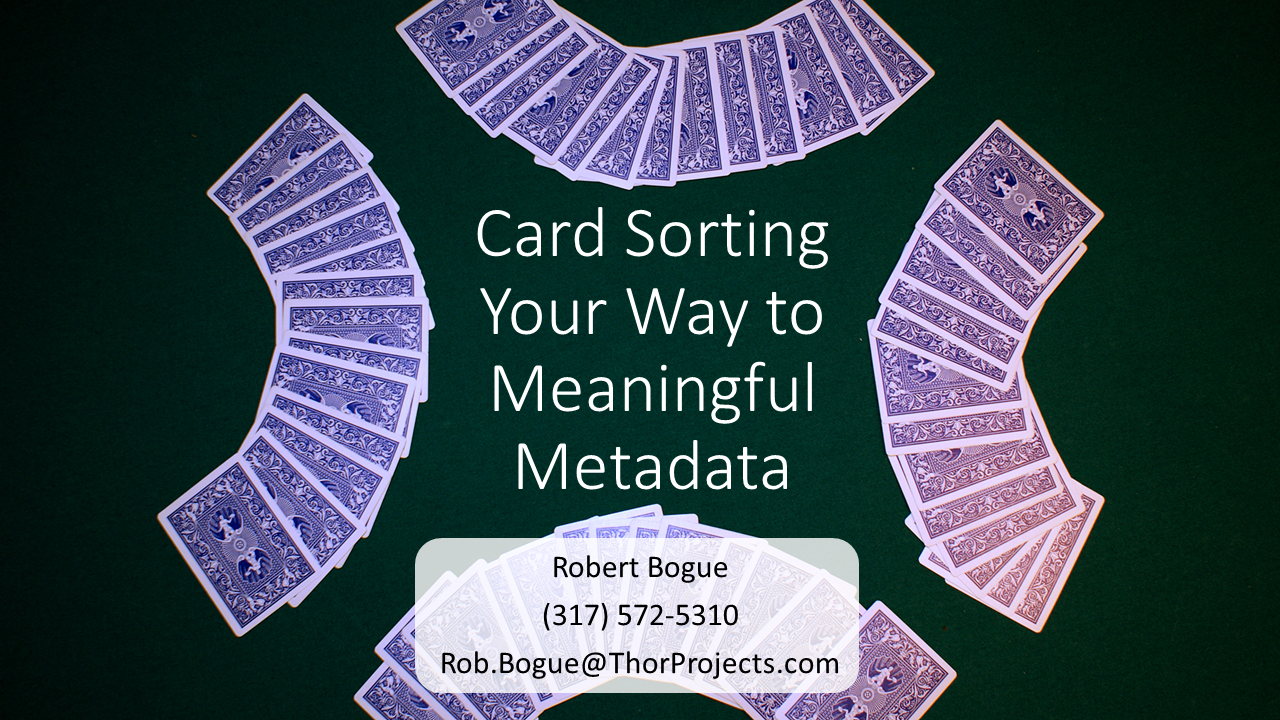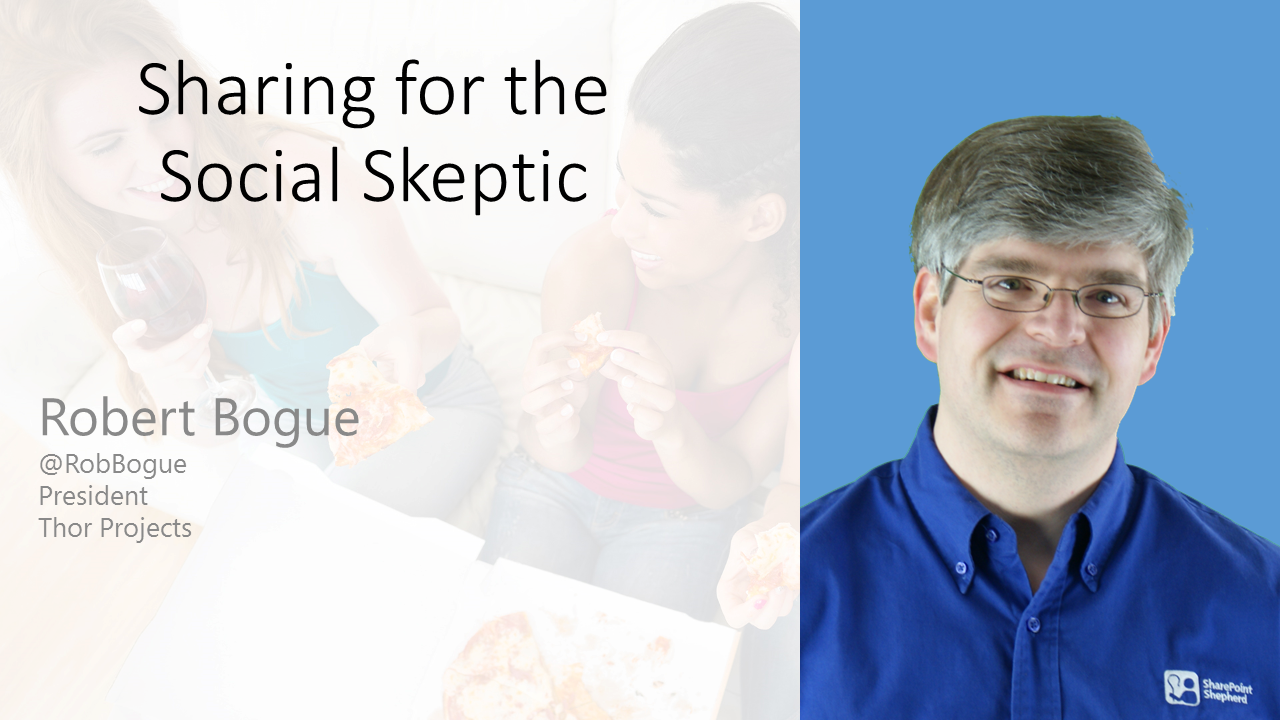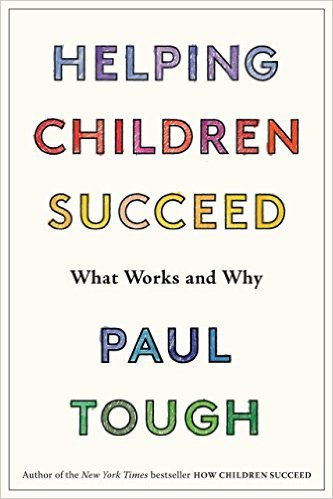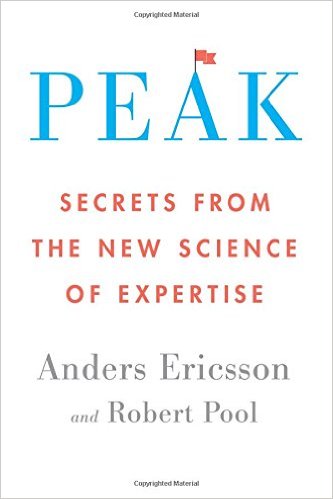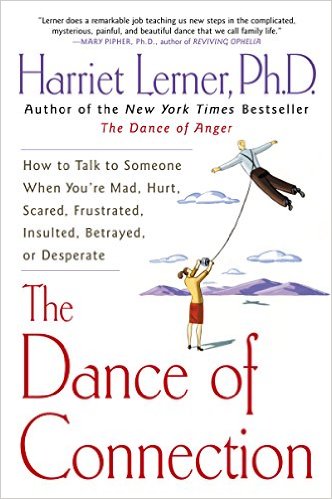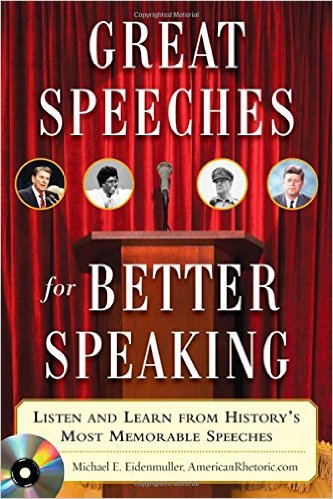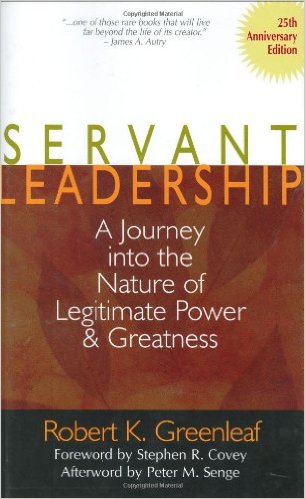Robert Bogue
July 18, 2016
No Comments
Compared to the average joe I read a lot. Books that I read (all non-fiction) tend to fall into one of two broad categories. They’re either helping you understand a problem, or they’re providing a recipe – a set of questions, actions, and behaviors that you can do to get the results that you want. When I read (and reviewed) How Children Succeed a few years ago, it definitely fell into the former category. There were great points, however, there was very little guidance. Paul Tough followed up on that book with Helping Children Succeed, which tilts the scale much more into the direction of a how-to book without completely forgoing his sense of necessity about knowing why things work.
In my heart, I want to help everyone realize their dreams. I want to help every child become a happy, healthy, well-functioning adult. While I accept that I can’t help everyone be successful, I’m always on the lookout for ideas and materials that can help more people be successful. Helping Children Succeed is another tool in that toolbox – ideas and techniques that lead to more success.
Children and Poverty
Tough’s work is focused around younger children – effectively birth through elementary school grades – and how their situations impact them. He’s keenly aware of the impact that poverty has on children, both directly and indirectly. Understanding the societal changes that have occurred, such as the fact that over 50% of children in America were classified as living in homes with “low income” in 2013, is just a part of the broader tapestry of the changes that have made it more critical that we identify the barriers in children’s way and we teach them how to navigate those barriers. Robert Putnam, in his book Our Kids, carefully mapped out the differences in child rearing between affluent and non-affluent families, and concluded that the issue with poverty isn’t just the lack of financial resources, though that plays a part, but is instead about the time that parents have to spend with their children.
The answers that Tough found for compensating for these deficiencies are a set of programs that are designed to supplement or supplant the parental involvement if they don’t have the capacity to support the growth of their children. Just like Sesame Street was designed to help bridge the learning gap in the 70s between higher and lower income kids entering schools, the programs that Tough found are designed to reduce the gap in non-cognitive skills to help children succeed better. (See “G” is for Growing for more on Sesame Street’s goals, methods, and impacts.)
Non-cognitive skills are the kind of skills that others might call non-academic. They’re the grit or perseverance when obstacles come up. It’s the emotional intelligence to understand oneself and those around you. (See Emotional Intelligence
for more on emotional intelligence.)
The starting place for these programs was changing the environment in which the children lived.
What Determines Success in Life?
Before we dig into how to help children succeed, it’s necessary to pause and talk about what constitutes success in life. While this is a topic in itself, there are some tenets that we can subscribe to that will allow us to guide children to success.
First, it’s important to acknowledge that what’s important for one person (or child) isn’t important for another. (See Who am I? and The Normal Personality for more on classifying what’s important.) Certainly it would be a tragedy if we defined success solely as high-income. However, there’s a certain amount of income that allows you the freedom to enjoy life and to pursue other interests. Nearly every hobby requires some level of finances to support it. Every act of philanthropy is a gift of time or money or both, and therefore requires a stable base.
So, while success is often measured on earning potential, that isn’t because that’s the end game, but rather because it’s a predictive marker, and a way to ensure that some of the negative reinforcing loops that constrain people to poverty are eliminated with a moderate income.
Second, however we define it for someone, success should move society forward as a whole. That is, it should be helpful to their neighbors, their children, their community, and their world. It’s one thing to want to be a free spirit, but it’s another to live off of the toils and gifts of others.
Third, while most of us, myself included, want people to be happy, happiness is a difficult thing to quantify. There’s certainly a difference between hedonistic happiness (happiness for the moment) and value-based, or philanthropic-based happiness which is more enduring. (See Hardwiring Happiness, The Happiness Hypothesis and Stumbling on Happiness for more on the different kinds of happiness and how we struggle to know what will make us happy.)
Because it’s difficult to define the specific end goals for every person, and they themselves won’t always be able to define what their goals are or how to be happy, we have to put some stake in the ground. One thing that we can define as not-success in a general sense is academic achievement. Measurements like Intelligence Quotient (IQ), which predict academic achievement but don’t seem to correlate with success in life, won’t be helpful.
Success is the kinds of thoughts and behaviors that lead to a healthy self and a contribution to others, but that requires a healthy environment.
Behavior as a Function of Person and Environment
Kurt Lewin said that behavior (what people do) is a function of both the person (their core makeup) and their environment (what’s provided for them and expected from them.) What Kurt didn’t point out is that, over the long term, either of these factors will influence the other. In the context of our children, this means that the environments that we create are critical to shaping our children.
When we create loving environments, where it’s safe to try and fail to later succeed, we create in children a willingness to live out their curiosity. (See Rising Strong [Part 1] and Changes that Heal, and Creative Confidence to learn more about making it safe to fail and the importance.)
It turns out that the biggest influencer of personal development from an environment is stress. As Tough discussed in How Children Succeed, early and repeated stress can turn up the hypothalamic-pituitary-adrenal axis and cause children’s “fight or flight” response to almost always be on – thus preventing rational thought. The result of frequent or high stress is to suppress the higher-order executive functions of the brain.
It’s these higher-order functions that allow children to develop persistence and grit, to delay gratification, and to develop the skills that are the most important to success in life. (See Willpower for more on delayed gratification.)
Environment as Relationships
So what do I mean when I say “environment”? Am I talking about plains vs. desert? Apartment vs. home? As it turns out, the answer is neither. Environment isn’t where you live, it’s the relationships that you have with other people. Are they responsive to you? Do you perceive them as safe? How do they nurture your development?
Certainly children in low-income situations have physical safety issues to be concerned with. I don’t want to minimize this or the negative impact that it has on their development; however, that is a factor that’s hard to address directly. How do you address the physical safety issues for every child? It’s easier to address the one-on-one relationships with adults that children have, and their ability to relate positively with those adults in their lives. Many of the programs that Tough discusses are focused on introducing relationships into the children’s lives that are positive and nurturing.
While these relationships are great, the interesting question is when the relationships need to occur in order to counteract the effects of the lack of positive experiences that children are getting.
Scaling Relationships
One of the challenges which Tough aptly points out is that, in our technologically-driven world, we have a tendency to try a bunch of things, and then take the one that is the most successful and scale it up. While this in theory is the right answer, when the programs are built upon the relationships that the program workers have with the program children, this can be difficult to do.
Scaling up programs that work aligns very well to the recommendations for marketing and sales and life in general. It just makes sense to take the small-scale pilots and use what works and shut down the rest. However, much of what works in these programs may be non-program specific effects. That is, the program may work not because of the specific approach or methodology being attempted, but rather due to things that are unique to the workers. In research terms, these are factors that aren’t considered as a part of the program for testing, but have a potentially large impact. This is why researchers replicate others’ studies. They are attempting to see if what the person thought were the active effects were enough to produce the results when tried in another environment.
Replicating research is one thing, but doing moderated scale-up of seemingly effective programs isn’t as easy – or successful – as it seems. Often, even very successful programs may not know exactly why they work. For instance, looking at the adult side of the world, take a look at the Delancey street program for individuals convicted of a crime. (Note that I’m being careful not to label them as criminals since the effects of labeling are particularly toxic.) The stories of the program told in the books Influencer and Change or Die are relatively different. Who knows what are the necessary, essential factors for making the program work? Maybe someone does, but getting to that answer is difficult for every program.
Shutting Down Fear of Failure
There’s one thing that’s certain. If you don’t try, you won’t fail. Then again, you won’t thrive either. The problem that gets set up in the minds of children (and adults) is that they can’t be punished for failure if they don’t try to do anything. The unspoken rule becomes, don’t do anything so that you’re not punished. However, this is a limiting mindset. (See Mindset for more on limiting beliefs.) It creates walls and barriers between people and what they can be.
Shutting down because of the fear of failure shows up everywhere in innovation and creativity. (See Creative Confidence for more on the impact of fear.) As we in the United States as a nation are relying more on our ability to innovate and create new and interesting solutions to challenges, the fuel that we need to use is creativity. That fuel is siphoned off by our fear. Flow, the highly productive state of engagement, specifically shuts down the inner critic, thereby enabling greater creativity and better problem solving. (See The Rise of Superman for more on flow and its ability to shut down the inner critic.)
High Expectations
Self-fulfilling prophecies can be good things when they’re high expectations. It turns out that children who have high – but obtainable – expectations set for them will rise to the occasion; where children who are perceived to be inferior won’t even do the level of work that they’ve already demonstrated that they’re comfortable doing. The impact of this is that you should set expectations with children as high as possible without destroying their belief (or hope) that they’re able to meet them.
Setting the right tension between the student’s skills and the challenge can get them into flow (See Flow, Finding Flow, and The Rise of Superman for more). Flow is the high performance mental state that can help them achieve their goals.
Dunbar and Groups of Fifteen
As I mentioned in my post High Orbit – Respecting Grieving, Robin Dunbar came into some folks’ consciousness through The Tipping Point, but most folks only know the idea of a maximum number of stable social relationships for humans is around 150. What is interesting as you dig in deeper are the rings of connection that Dunbar explained, including the circle of the “close fifteen”. These are the folks who you are close enough to that their loss will hurt substantially.
In terms of creating programs to help children succeed, this has an important implication. The implication is that the upper end bound to a “small group” is fifteen people. Recapping Dunbar’s work we have the inner five – these are the folks whose lives you’re entangled with. The next ring out is the close fifteen and beyond that the interesting 50.
In an attempt to develop close social relationships, you have a group with a maximum of about five – of which many of the slots are already taken – fifteen, or your relationship lands in the category of “interesting” – a relationship that you monitor and manage, but one which doesn’t have substantial swing in your relationships. If you want to create a group that has influence on someone – one that creates a tight bond – you’ve got to get the entire group (or most of it) to fit into that 15 slots of the close circle. That necessarily constrains small group sizes to less than fifteen.
Once the group size is set, the next trick is to keep the group together and keep it relatively stable. It’s this stability, structure, and familiarity that put the pieces together to allow the relationships to form.
Crowd Management
While serving in cub scouts, I learned a few things about crowd management. These crowd management skills, it turns out, are very effective at helping kids learn. My first lesson was presence. If you have a set of children who aren’t following instructions, listening or being respectful, go sit among them. I’ve never found anything as effective as sitting among a bunch of children who were previously not paying attention. The magic of this for me is you don’t have to say a word. The children just all start doing what they should be doing.
I also learned that setting clear expectations has immense power. By explaining clearly what the rules are and what the consequences are, the number of challenges that we had were substantially reduced. In any activity with young children, there’s both the defined boundaries – the things you talk about – as well as the undefined boundaries. We knew what things were critical to explain to everyone – and what things we could allow to evolve to the point where we needed to establish the boundary.
Most frequently, the thing we allowed to evolve was play. Boys sometimes do subtle escalations of their play to the point where it’s no longer “safe enough” for the leaders. There we had to help deescalate the play – or, depending upon the children, stop it all together. There are no clear expectations you can set for play. The boundaries aren’t clear enough to define in advance. You have to negotiate these boundaries.
Sometimes, it turns out, the best way to help children succeed is to manage the crowd better. When the guidelines are well-known, the number of times that you have to intervene is fewer, and you can focus on the educational tasks – or the development of non-cognitive skills.
Learning and Taking Risks
All learning involves risk-taking. All learning and growing is accepting someone else’s view of the world as valid. Learning is about changing who you are in small ways; and making changes to who you are and what you believe is an unsettling process. In order to learn, you’re necessarily taking these risks and sometimes it’s these risks that can freeze, paralyze, or immobilize children and adults alike.
When we experience a high degree of variability in responses, negative events associated with learning, or embarrassment that we believe something, this creates a barrier, or at least friction, to the learning process, whether that learning is cognitive or non-cognitive skills.
No matter the type of learning being encouraged (cognitive or non-cognitive), we must be mindful of the barriers that inhibit children’s growth and seek to fill in the gaps in their experience or patch over the rough spots so that they’re capable of learning.
Interesting and Challenging
Once you’ve removed the barriers from learning, it’s time to pull children through the process. This pull-through should be extrinsically motivated at first with the intent of transferring to intrinsic motivations. While this may sound easy, in practice it’s anything but. We’ve been conditioned to believe that education should be dull and boring. If we spit out the information, children will just accept it and regurgitate it for the test. However, as Tough points out, this may be the wrong approach.
James Hiebert notes that math classrooms in Japan follow a radically different script than they do in the United States. Instead of the teacher at the front of the classroom being the all-knowing oracle that spits out the right answer, teachers in Japan are more likely to behave as facilitators. They facilitate the classroom reaching the right solution to a problem. The teacher may crystalize an idea and create clarity around it, but it’s the students themselves that are learning.
There’s not a reliance on rote memorization or repetition. The reliance is on creating a deep understanding of the processes involved. We’ve “known” about Bloom’s taxonomy of educational objectives, and other frameworks that explain the need for us to create more understanding and mental models, but in most classrooms in America that doesn’t happen.
In many ways, the approaches we take to education continue to be challenged. For instance, in Schools Without Failure, Glasser points out the value of collaborative classroom discussions. His work was published in 1969. Similarly, Knowles et al.’s work on The Adult Learner hints at the need for children to learn differently than we currently teach them – while carefully avoiding directly stating the need for education to change. The first edition of this book was published in 1973.
As we’re creating programs that are designed to help children succeed, we need to acknowledge that learning, whether cognitive or non-cognitive, requires a set of skills that are different than we’ve come to expect. We have to pay attention to the interest and motivation of the children we’re teaching, and design activities (not lectures) that students can engage in at their own levels. Science fairs and their much maligned parental involvement are the kinds of project-based learning that children need to internalize a subject and to build the mental models that will serve them for their entire lives. (See Sources of Power for more on mental models.)
The best way that we have of Helping Children Succeed is to create activities that are hospitable to children of different levels, which allow and encourage them to challenge themselves. Engaging activities with an element of stretch drive children to more effort and thus build a virtuous cycle. Maybe you can start the cycle for yourself or the children you care the most about by reading Helping Children Succeed.
